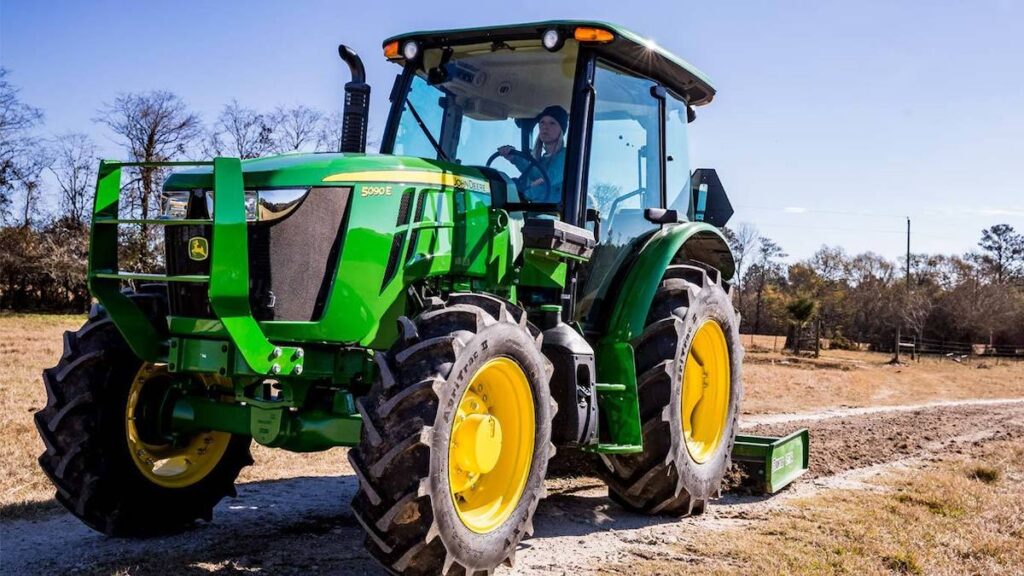Regeneration is the process of oxidizing the accumulated soot from a filter. To comply with environmental regulations, your John Deere tractor may come with an after-treatment device, which includes a diesel oxidation catalyst (DOC) and diesel particulate filter (DPF). After at least 3,000 hours, your machinery will let you know when the filter needs to be removed and cleaned. But there are two types of regeneration: passive and active. Let’s take a closer look at each, as well as why regeneration is important for your engine.
Passive vs. Active Regeneration
Passive regeneration does not require any interaction from the operator; it is a self-cleaning process. If there is too much soot, active exhaust filter cleaning may be necessary. Ideally, the machinery should be operated in an area that produces the least amount of soot over time. This can reduce the number of cleanings that need to take place.
Operators should also keep in mind that a high engine load keeps it clean. PTO applications also reduce the frequency of cleanings. Ultimately, low engine load and high RPMs cause quicker soot build-up within the John Deere machinery. In either application, operators should be prepared for active regeneration.
Automatic vs. Parked Active Regeneration
There are two types of active regeneration: automatic and parked. Automatic regeneration is required when the soot load percentage of the filter is at least 77%, and passive cleanings have not been successful.
An operator will know when it’s a good time for a parked active regeneration when the parked exhaust filter cleaning lights are on in the machine. At this time, a parked active regeneration should be permitted to take place. Otherwise, a more extensive cleaning may be required in the future.
Recovery Regeneration
If the soot in the diesel particulate filter reaches a severe level, a recovery regeneration may be necessary. Running the machinery while regenerations are inhibited or not performing a parked regeneration when necessary can result in this situation. During a recovery regeneration, the machine must be parked.
After a sufficient time has passed and the soot level is lowered, a parked regeneration should be performed before the recovery regeneration is deemed complete.
If you have any questions about engine regeneration and John Deere machinery, you can contact your local John Deere dealer.
If you enjoyed this post or want to read others, feel free to connect with us on Facebook, Pinterest, Twitter, or Instagram!
